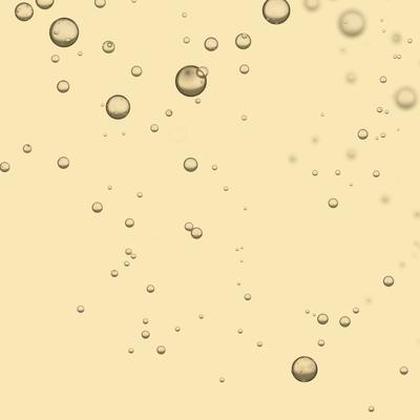Showing results for 'Champagne'
close
Champagne

Champagne is a wine that comes from a region in France. It's a sparkling wine.
Champagne Properties:
| Food Property | Type | Description |
|---|---|---|
| Flavor Profile | Sweet | Champagne typically has a slightly sweet flavor profile due to the residual sugars in the wine. |
| Sour | Champagne also has a sour element, providing a balanced acidity to the overall taste. | |
| Bitter | Champagne may have subtle bitter notes from the grape skins or aging process. | |
| Astringency | Champagne may exhibit a slight astringency that adds to its complexity. | |
| Texture | Moisture | Champagne has a liquid texture with a certain level of moisture content. |
| Nutritional Value | Macronutrients | Champagne is low in macronutrients, primarily containing alcohol from fermentation. |
| Micronutrients | Champagne may contain small amounts of minerals like potassium, magnesium, and phosphorus. | |
| Color | Natural Pigments | Champagne can have a range of colors from pale yellow to golden hues, influenced by factors like grape variety and aging. |
| Aroma | Volatile Compounds | Champagne is known for its complex aroma profile, which includes fruity, floral, and toasty notes. |
| Chemical Composition | Acidity/Alkalinity (pH) | Champagne typically has a low pH level, contributing to its crisp and refreshing taste. |
| Cooking Behavior | Heat Conductivity | Champagne is not typically used in cooking due to its delicate flavor and carbonation. |
| Water Retention | Champagne does not significantly impact water retention in cooking. | |
| Oil Absorption | Champagne may absorb some oil when used in cooking processes. |
Food Pairing App - Version 1.2.0
